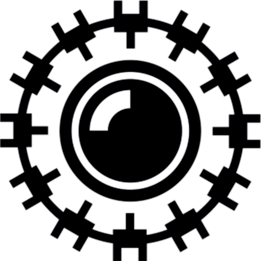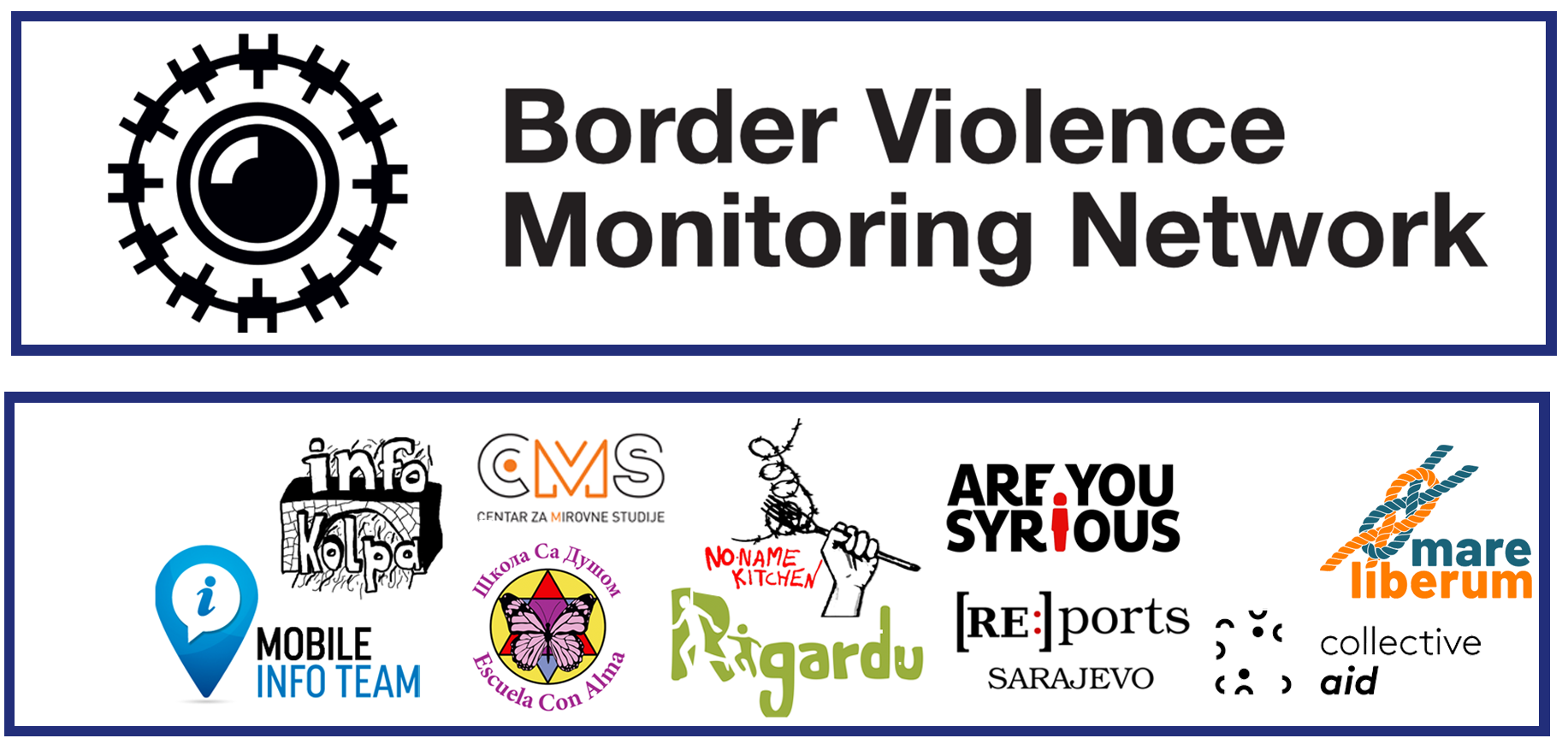On the International Day in Support of Victims of Torture, the Border Violence Monitoring Network is saddened to report new cases of torture, inhuman or degrading treatment of people on the move perpetrated by the EU member states and Western Balkan countries.
On this symbolic occasion, we call upon governments across the Balkan migration routes to fulfill their obligation in line with international law and cease the practice of illegal pushbacks and end the continued torture of people on the move.
In 2019, our seminal investigation on the use of torture against refugees and migrants found that 80% of case reports of illegal pushback along the Balkan migration routes contained one or, in most cases, multiple features of violence indicating either torture or cruel, inhumane and degrading treatments. To date in 2020, that percentage has increased, with our preliminary investigation having identified that 86% of all reports contained such features.
In this context, BVMN welcomes the recent statement published two UN Special Rapporteur on the Human Rights of Migrants and on Torture and Other Cruel, Inhuman or Degrading Treatment or Punishment. Mr Felipe González Morales and Mr Nils Melzer called upon Croatia to ensure that all border management measures, including those aimed at addressing irregular migration, are in line with international human rights law and standards, particularly, non-discrimination, the prohibition of torture and ill-treatment, the principle of non-refoulement and the prohibition of arbitrary or collective expulsions.
The statement by the two Special Rapporteurs mirrors the findings of BVMN as they state “Abusive treatment of migrants has included physical beatings, the use of electric shocks, forced river crossings and stripping of clothes despite adverse weather conditions, forced stress positions, gender insensitive body searches and spray-painting the heads of migrants with crosses”.
Furthermore, BVMN is increasingly concerned about the indiscriminate use of extreme violence and abusive treatment against minors on the Balkan migration routes. Our preliminary investigations estimate that minors account for up to 34 per cent of all pushbacks that use torture or other forms of cruel and inhuman treatment in the Western Balkans.
As the violence continues, it is becoming painfully obvious that international recognition of the coordinated torture policy against people on the move might be a step forward towards ending of the torturous practices, but it is definitely not enough.
The BVMN will continue pushing for proactive international measures against torture-perpetrating states such as Croatia, Italy, Hungary, Slovenia, Romania and Greece. If additional evidence is needed, we disclose a selection of recent cases from our database, proving systematic inhumane practices along the route. We invite all NGOs, informal groups and individuals who can share evidence of torture at the margins of EU to do the same.
We extend an appeal to law enforcers monitoring and patrolling borders: border guards, navy personnel, police officers, Frontex officers and others, to remember that people on the move have a right to ask for protection. States cannot act without your contribution. You have the right to refuse illegal orders. Do not become accomplices to these crimes.
Border Violence Monitoring Network:
- InfoKolpa
- Mobile Info Team
- Are You Syrious?
- No Name Kitchen
- Rigardu
- Collective Aid
- Escuela Con Alma
- Center for Peace Studies
- Mare Liberum
- ports Sarajevo
- Independent volunteers
Relevant case reports:
Excessive and disproportionate force:
Example A: February 20th. Hungary to Serbia
https://www.borderviolence.eu/violence-reports/february-20-2020-0400-kelebia-train-statio
Example B: April 22nd. Pushback from North Macedonia to Greece. https://www.borderviolence.eu/violence-reports/april-22-2020-0200-gevgelia/
Example C: May 6th. Pushback from Croatia to Bosnia.
https://www.borderviolence.eu/violence-reports/may-6-2020-1900-close-to-poljana-bih/
Electric discharge weapons:
Example A: February 2nd. Pushback from Croatia to Bosnia.
https://www.borderviolence.eu/violence-reports/february-2-2020-1500-near-gornji-ostrc-croatia/
Example B: February 21st. Pushback from Romania to Serbia.
https://www.borderviolence.eu/violence-reports/february-21-2020-0000-kikinda/
Example C: February 26th. Pushback from Italy to Greece. https://www.borderviolence.eu/violence-reports/february-26-2020-0500-inside-the-port-of-venice/
Forced undressing:
Example A: January 9th. Pushback from Croatia to Bosnia
https://www.borderviolence.eu/violence-reports/january-9-2020-2300-near-grabarska-croatia/
Example B: May 16th. Pushback from Greece to Turkey
https://www.borderviolence.eu/violence-reports/may-16-2020-0000-ladochori-greece/
Example C: May 20th. Pushback from Croatia to Bosnia https://www.borderviolence.eu/violence-reports/may-20-2020-1900-near-sturlic-bih/
Threats or excessive force with a firearm:
Example A: February 3rd. Chain pushback from Slovenia to Croatia to Bosnia. https://www.borderviolence.eu/violence-reports/february-3-2020-0900-south-of-crni-potok-hr/
Example B: March 7th. Pushback from Pushback from Croatia to Bosnia. https://www.borderviolence.eu/violence-reports/march-7-2020-0430-near-to-topusko-croatia/
Example C: March 13th. Pushback from Pushback from Croatia to Bosnia.
https://www.borderviolence.eu/violence-reports/march-13-2020-0500-near-to-krizevci-croatia
Inhumane treatment inside police vehicles
Example A: January 9th. Chain pushback from Slovenia to Croatia to Bosnia. https://www.borderviolence.eu/violence-reports/january-9-2020-0000-close-to-poljana-bih/
Example B: January 14th. Chain pushback from Slovenia to Croatia to Bosnia. https://www.borderviolence.eu/violence-reports/january-14-2020-2100-velika-kladusa-bosnia-herzegovina/
Example C: April 3rd. Chain pushback from Serbia to North Macedonia to Greece. https://www.borderviolence.eu/violence-reports/april-3-2020-2300-border-of-srb-mnk-close-to-lojane/

